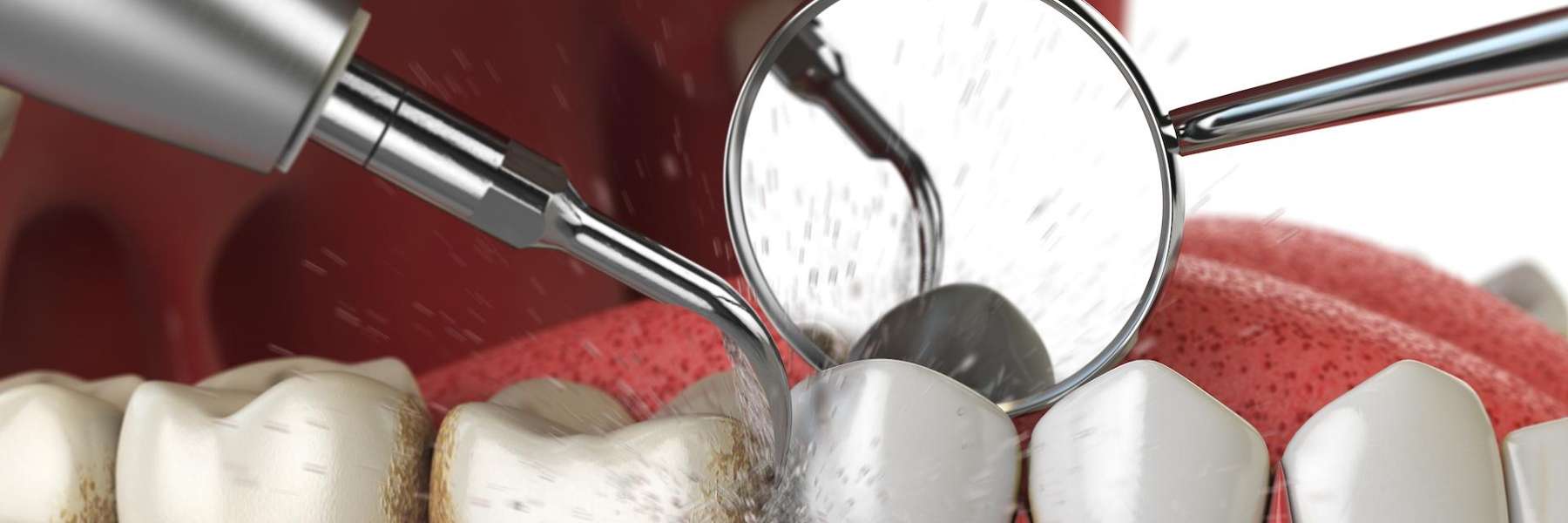
Gum disease is a common yet potentially serious oral health ailment that affects the tissue surrounding the teeth. Untreated, it can have severe consequences on oral and overall health. Fortunately, with a proactive and focused approach, you and your dentist can fend off gum disease or prevent it from progressing past its earliest stages.
What Is Gum Disease?
Gum (or periodontal) disease is an oral health condition commonly caused by neglectful dental hygiene practices and inconsistent and infrequent visits to the dentist. In combination, these poor oral hygiene practices can allow harmful bacteria to build up on the surfaces of your teeth and gums. Left unaddressed, this bacteria results in plaque and tartar, which can lead to gum disease.
Though it sounds fairly obvious, the best way to prevent gum disease is to maintain a strong daily oral hygiene routine consisting of brushing twice daily (at least), flossing daily, and regular rinses with antiseptic mouthwash.
Periodontal Disease Symptoms
Early gum disease, or “gingivitis,” results from untreated plaque buildup. Gingivitis is typically reasonably mild, resulting in bad breath and moderate tenderness and inflammation of the gums. In its early stages, gum disease is treatable with improved at-home oral hygiene practices and more frequent dental exams. More advanced cases, however, call for more complex treatments.
As gum disease becomes more severe, it results in long-term risks to dental and overall health, including:
- Discomfort when biting or chewing.
- Receding gums, which can expose tooth roots to bacteria and lead to painful decay or tooth loss.
- The buildup of pus between the teeth and gums, also known as “dental abscesses,” which can lead to tooth loss and infection that can spread to the jawbone.
Popular Non-Surgical Treatments for Gum Disease
Non-invasive treatment options for gum disease include:
- Scaling and root planing. Also known as “deep cleaning,” this is a procedure that removes plaque and tartar from the surfaces of teeth and the gumline.
- Antibiotics. Oral or topical antibiotics can help fight bacteria and inflammation.
- Laser therapy. A minimally invasive treatment in which a special laser is used to remove infected gum tissue.
Non-Invasive Periodontal Disease Treatment in Chesterfield, MO
If you’re in Chesterfield and want to learn more about developing a comprehensive plan to prevent gum disease and painlessly address it should it ever arise, contact dentist Dr. Scott Mahlin and the friendly and knowledgeable team at Clarkson Dental Group to schedule a consultation!
